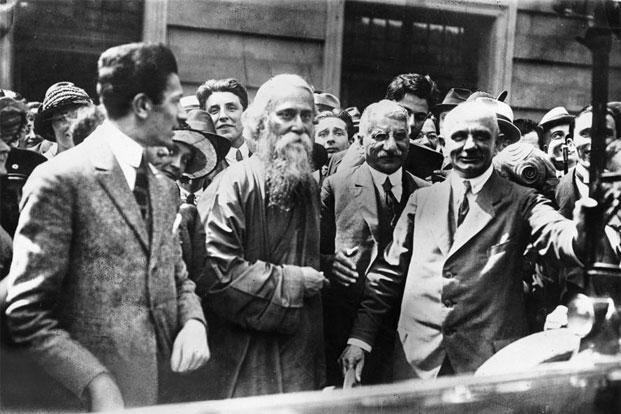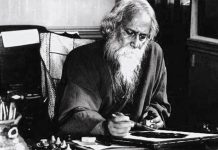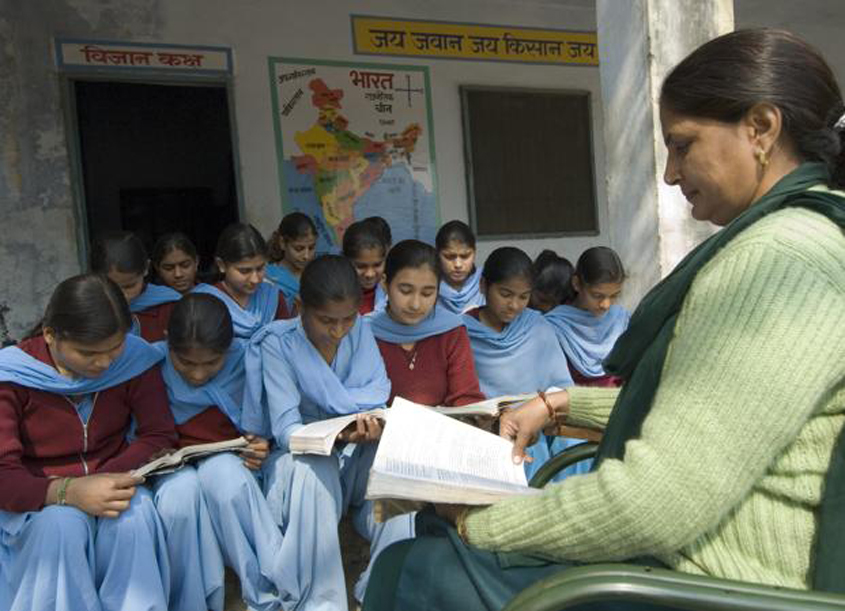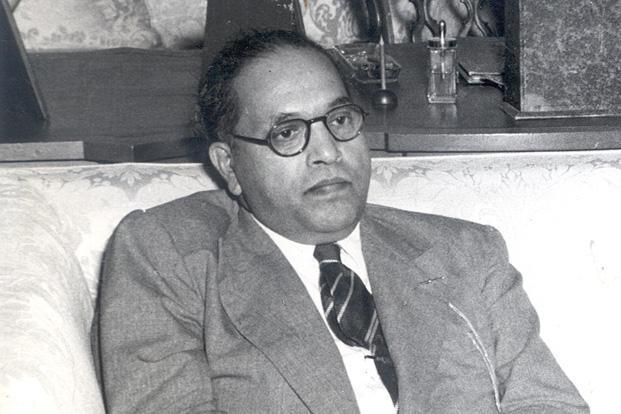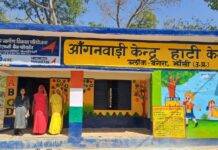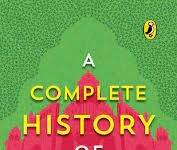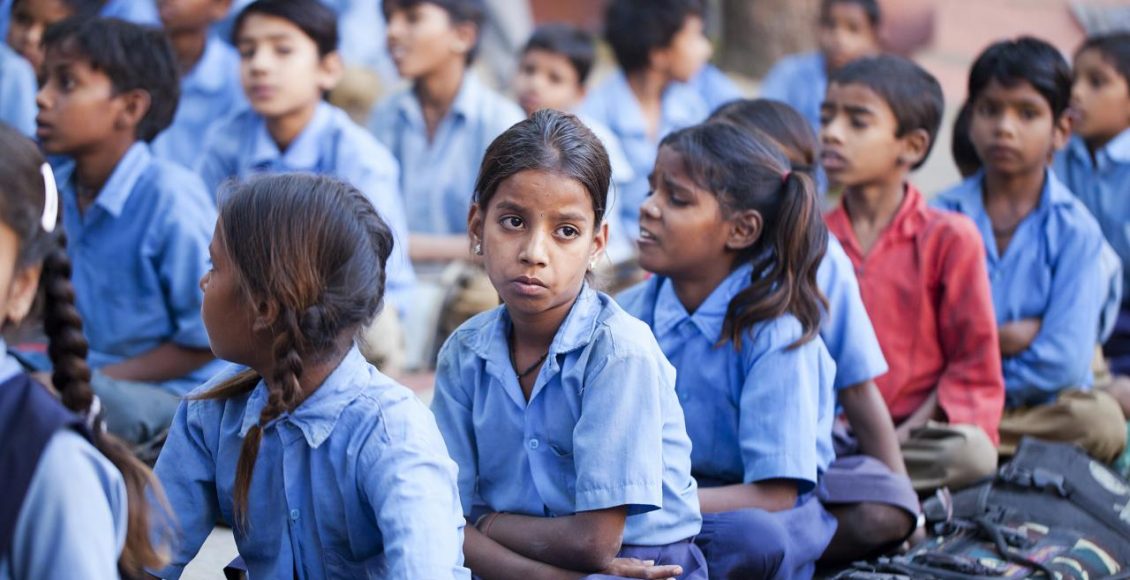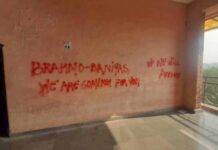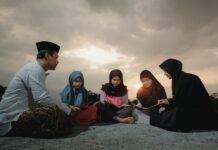What capacities of a person are improved by a well-conceived and carefully executed programme of elementary education? To an educator, the answer to this question might appear altogether too easy. Surely, one might say, education builds up the ability to think for oneself, and to understand the world around one in fundamental ways through initiation into various academic subjects. Quite often, schools will make room for activities such as sports and art in their schedules, and thus going to school could lead children to grow agile or strong in body, get a hang of cooperative behavior, and develop additional interests in the arts and sports. One might further assume that these attainments feed into the more important development of mind via academics: the details are for psychologists to work out.
Various parts of this answer are backed up by empirical research, so there is nothing essentially wrong with it. Nevertheless, to an educator, the details of empirical findings about the benefits of education are rather less important than a stable, and experientially grounded picture of children’s natural endowments. By “stable” I mean less likely to be given up in the face of new empirical research, though open to modification. By “experientially grounded” I mean responsive to and resulting from a teacher’s past and ongoing experiences with students. More generally still, it is possible to argue that an educator needs and therefore ought to expend some time and thought in producing a unified picture of human nature that frames or otherwise makes sense of her various assumptions about the educable parts of children’s nature. It could be argued that no educator at any level of instruction can afford to be without a go-to picture of human capacities and dispositions: at the very least, such a picture would inform her self-understanding and conduct around students, and tend to influence her pedagogical efforts.
There are different ways of drawing such a picture. The contours of the picture that one draws inform one’s philosophy of education. For example, at various points in his 1916 book Democracy and Education, the philosopher John Dewey emphasizes certain qualities or intellectual dispositions of a growing person. These include what he calls straightforwardness, simplicity, spontaneity, naiveté and open-mindedness.
What capacities of a person are improved by a well-conceived and carefully executed programme of elementary education? To an educator, the answer to this question might appear altogether too easy. Surely, one might say, education builds up the ability to think for oneself, and to understand the world around one in fundamental ways through initiation into various academic subjects. Quite often, schools will make room for activities such as sports and art in their schedules, and thus going to school could lead children to grow agile or strong in body, get a hang of cooperative behavior, and develop additional interests in the arts and sports. One might further assume that these attainments feed into the more important development of mind via academics: the details are for psychologists to work out.
Various parts of this answer are backed up by empirical research, so there is nothing essentially wrong with it. Nevertheless, to an educator, the details of empirical findings about the benefits of education are rather less important than a stable, and experientially grounded picture of children’s natural endowments. By “stable” I mean less likely to be given up in the face of new empirical research, though open to modification. By “experientially grounded” I mean responsive to and resulting from a teacher’s past and ongoing experiences with students. More generally still, it is possible to argue that an educator needs and therefore ought to expend some time and thought in producing a unified picture of human nature that frames or otherwise makes sense of her various assumptions about the educable parts of children’s nature. It could be argued that no educator at any level of instruction can afford to be without a go-to picture of human capacities and dispositions: at the very least, such a picture would inform her self-understanding and conduct around students, and tend to influence her pedagogical efforts.
Together, they make possible learning while presenting to educators a network of possibilities to make good use of in creating what Dewey calls an environment for teaching and learning. Dewey seems to imply that if nurtured carefully, these dispositions can produce academically desirable characteristics such as an attitude of curiosity and self-confidence when faced with unfamiliar subjects or discourses.
In this essay, I will discuss a different picture, due to the poet and educator Rabindranath Tagore. Tagore is not a systematic philosopher of education, and much of what he thinks about education has to be “inferred down” from his views on human nature generally. There are good grounds for making such inferences. Tagore’s developed views on human nature and the creed of universal humanism are fruits of his years as an institution-builder, curriculum-maker and pedagogue. No doubt they also draw upon his vast experience with people and a thorough and serious-minded engagement with various scriptural texts, in particular the Upanishads, and with what he would call “the philosophy of our people,” i.e., the humanistic spiritual traditions represented by figures such as Kabir and literary figures such as Vidyapati, who used tropes and images that bridged the high philosophy of those traditions with the lives and (spiritual) aspirations of ordinary people. Moreover, it is folly to ignore the contributions of Tagore’s artistic nature to his philosophical views; in particular, the articulations of his felt empathy with the physical and human world around him. In what follows, I will not attempt to pull these skeins apart. Instead, I will directly examine the central point of emphasis in his picture of human nature, and articulate what that suggests about educable capacities in children.

Rabindranath Tagore with students / Image : Vishwa Bharti, West Bengal
Included in Tagore’s 1931 book, The Religion of Man, is a striking lecture entitled “The Artist”. It opens with some remarks on a favourite theme of Tagore’s, namely, the superfluity of the artist’s vocation in human society. Why does society give free rein to the artist to pursue her creative interests instead of making material contributions to fulfill its ever-present needs? Tagore speculates that it is because human creativity “reveals” or discloses the possibilities in human nature. The artist realizes these possibilities in her work, delving into individual and collective repertoires of emotion and imagination to produce novel aspects of human “perfection”. But in what sense does a human creation—an appearance that may lack reference to the way things really are—express perfection? By way of reply, Tagore describes the realm of artistic creation as consisting of what is “real” to us. What an individual regards as being real to her is produced through creative modification of ordinary objects, persons and events through her emotions and imagination. To appreciate the idea, consider the experiences of grief and love. Grief plays the role of disclosing aspects of ourselves and the world only when we lose someone that we love; the passing of people whom we do not know well does not affect us in this way. This is because loved ones are real to us in Tagore’s special sense. Likewise, as Tagore puts it, “My friend may not be beautiful, useful, rich or great, but he is real to me; in him I feel my own extension and my joy” (TRoM, 75).
An artist’s creative activity is closely related to such modification of commonplace things. Van Gogh’s sunflowers and Shergill’s Southern Brahmins are commonplace objects transformed by the infusion of what Tagore would call the artists’ personalities in their representations of them. In the act of painting, the artists saw in the world features that had unique resonances with themselves. Thus artistic creation involves a making-real—a “modification of relationship” with the world that we otherwise take for granted.
“[T]he urging of our artistic nature is to realize the manifestation of personality in the world of appearance, the reality of existence which is in harmony with the real within us. Where this harmony is not deeply felt, there we are aliens and perpetually homesick. For man by nature is an artist; he never receives passively and accurately in his mind a physical representation of things around him (TRoM, 76).
The remark about homesickness is instructive. A human being, whether artist or not, seeks to inhabit a world to which she can belong. According to Tagore, this complex seeking accounts for the personal aesthetic that characterizes our lives, preoccupations and surroundings. How we associate with other people, how and what we say, write, learn and cook, how we care for living creatures and built environments etc. all express the artistic vision that makes ourselves—our intentions and ideals—as well as our world real to us. Through such continuous creative and/or “revealing” activity, we expand the scope of our selves while entering into ever deeper commitment with the world as we find it.
Tagore provides an example of creative modification that helps us to connect his view of the human being-as-artist with his developed understanding of children’s educable capacities. He tells us about a child who begs him for a story. Tagore promptly spins a yarn about a tiger that approached his “frightened servant” for a piece of soap with which it hopes to wash off its stripes. The child responds with instant pleasure, as the story helps her to “see” the absurd tiger with her mind’s eye. Tagore writes:
We know a thing because it belongs to a class; we see a thing because it belongs to itself. The tiger of the story completely detached itself from all others of its kind and easily assumed a distinct individuality in the heart of the listener. The child could vividly see it, because by the help of her imagination it became her own tiger, one with herself, and this union of the subject and object gives us joy. Is it because there is no separation between them in truth, the separation being the Māyā, which is creation? (TRoM, 78).
I shall not unpack the last sentence above for want of space, but I will draw a few morals from Tagore’s remarks on his example. If the human being is an artist in the sense explained, then the human child has potential for artistic vision. She is capable of making “her own” (ātmīya) some bit of information (such as the names and natures of the red stars in Orion) or whimsy (such as the story of the absurd tiger) if primed in the right ways. She is aided by both her potential for vision and inexperience in being open to the world. Her emotions and imagination are unhindered in their play.
The pedagogical implications are both negative and positive. On no account should the child’s potential for imaginatively entering into the world and human society be obstructed. For if the child is an artist in the making, she will acquire knowledge of those things at the same time as she discovers herself—her interests, inclinations, skills and attitudes—in them. If Tagore is right, then learning academic subjects can effect self-revelation. We can draw from this the pedagogical platitude that to the extent that a child’s academic subjects remain opaque to her imaginative self, she will not learn them. This does not necessarily imply that “teaching should be fun.” However, it must be cognizant of, and facilitate in every way the child’s self-discovery through imaginative engagement with the world. For Tagore, elementary education is about a great deal more than training children up in a cross-section of academic subjects: it crucially involves development of a characteristically human personality. What I have described as the child’s openness to the world is also a function of what Tagore would call her capacity for sympathy. This is not something added on to her imaginative self, but a constituent of it. Without it, there is no possibility of coming to own one’s knowledge of things and people. Teaching children would consequently involve nurturing their capacity to care deeply about what they learn. This would indirectly help in developing long-term interests of various kinds in the child’s mind.
I am not sure to what extent the above picture of children’s nature helps us to envisage their less playful and more responsible post-secondary selves. My hunch is that such categories as seriousness and responsibility would themselves have to be reimagined in order to align them with the larger picture of human nature that Tagore provides.
Indrani Bhattacharjee teaches philosophy at Azim Premji University, Bangalore. She is working on a book on Tagore’s philosophical views circa 1908-1913.

